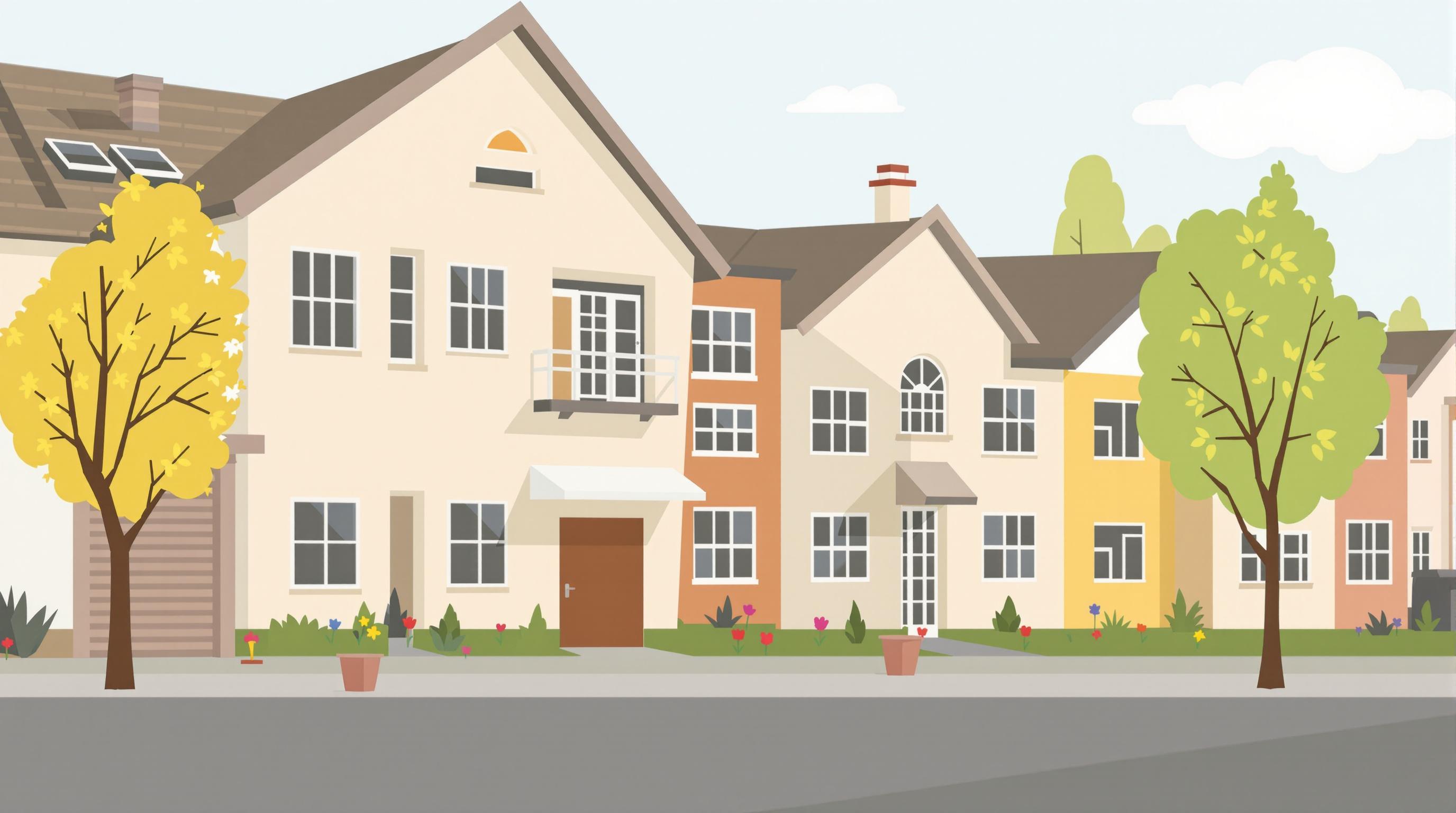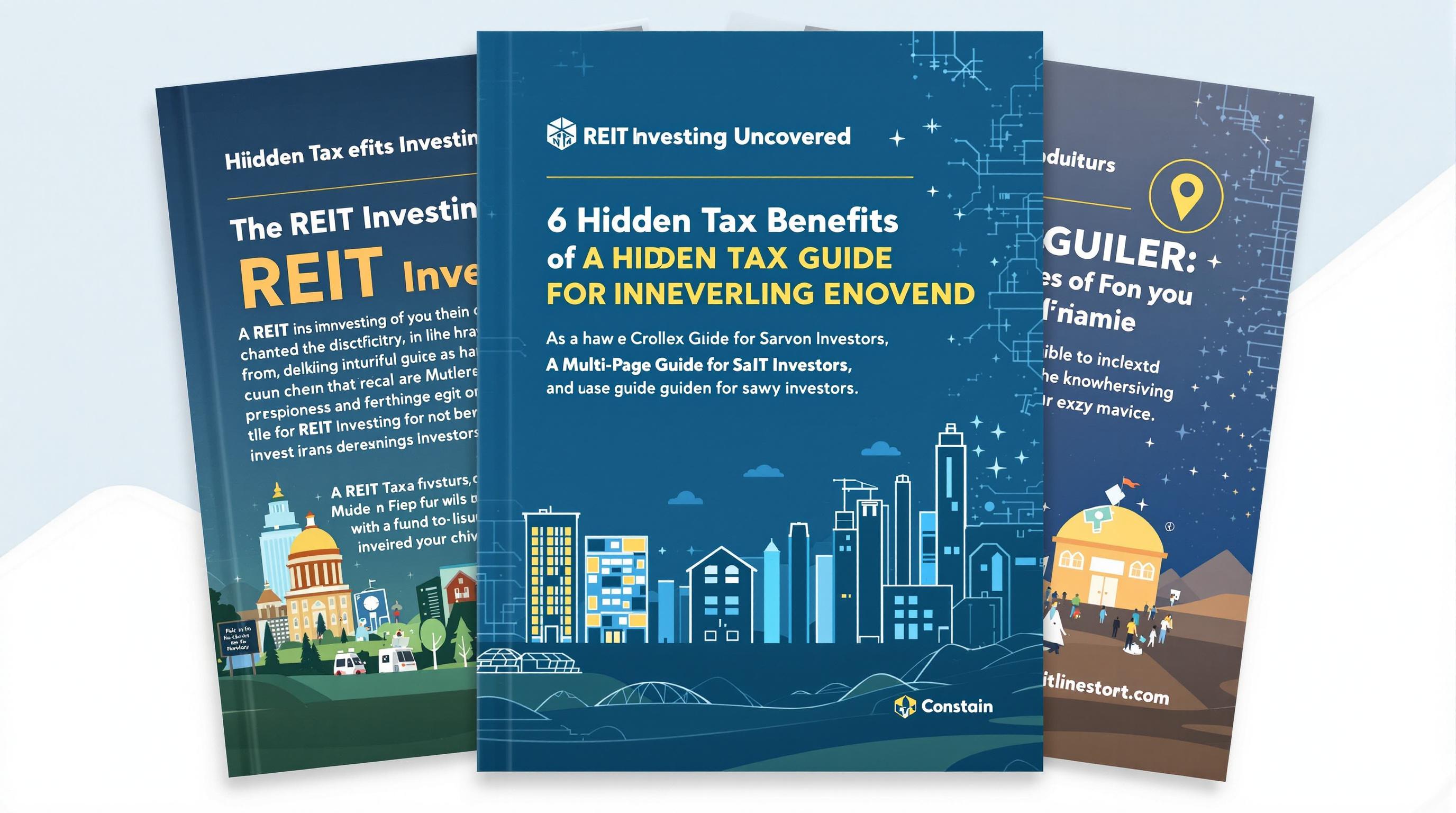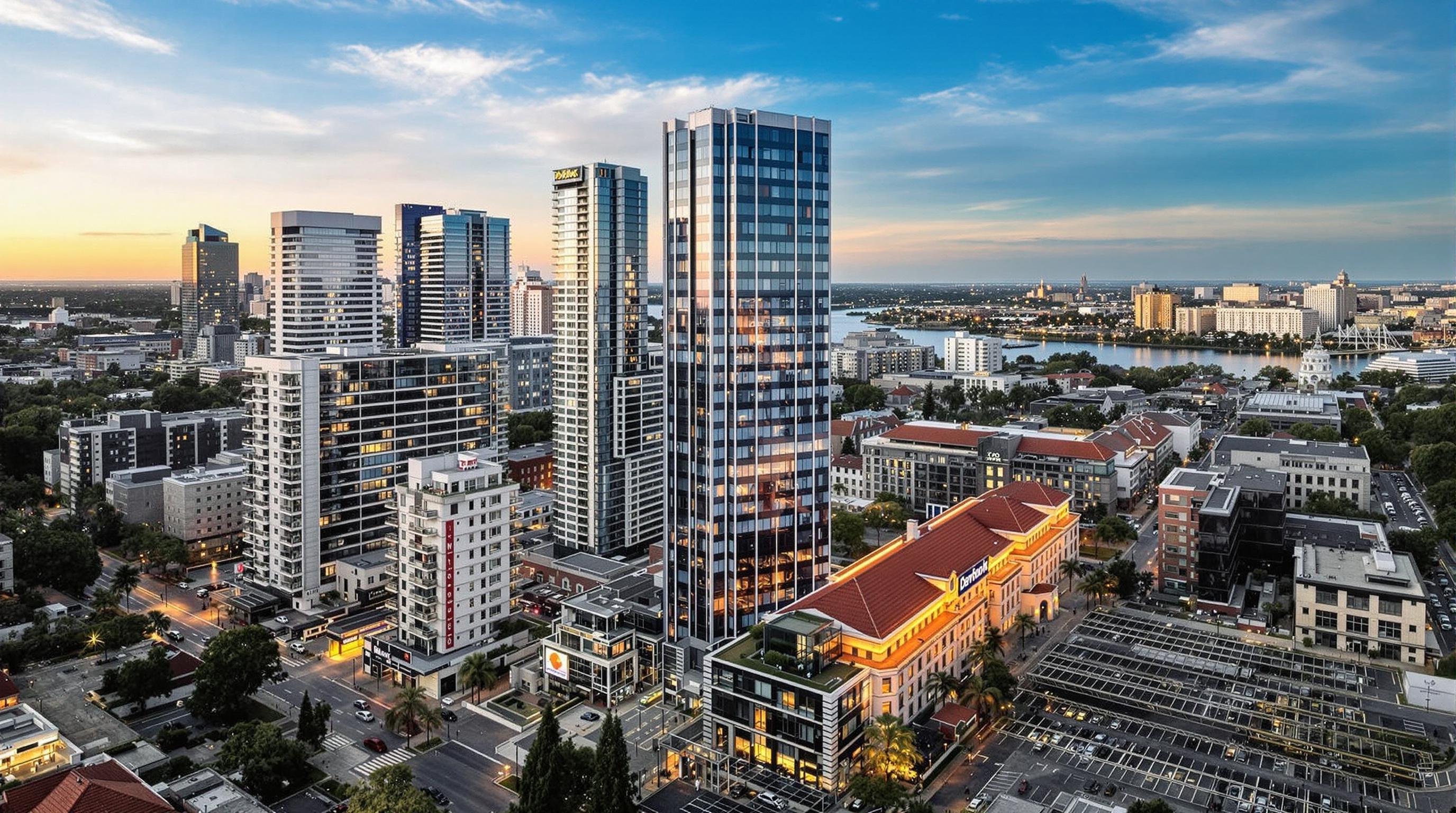Related Articles
- Unlocking Wealth: How Climate-Resilient Crops Are Shaping Financial Stability Amid Price Volatility
- Top 6 Emerging College Savings Solutions Unveiled Recently That Transform How Families Build Funds
- The surprising role of urban farming in creating economic buffers during volatile market cycles
- Unveiling the Quiet Impact of Climate Change on Municipal Bond Maturity Structures and Laddering Choices
- How Intergenerational Debt Shapes Families’ Ability to Fund Higher Education in Unseen Ways
- Top 6 Dynamic Laddering Tools from the Last Five Years Revolutionizing Interest Rate Risk Management
How Aging Populations Are Quietly Shaping the Future Demand for Niche Real Estate Through REIT Channels
How Aging Populations Are Quietly Shaping the Future Demand for Niche Real Estate Through REIT Channels
The aging of global populations is steering real estate investment trusts (REITs) toward specialized, niche markets with promising growth trajectories. This article explores how demographic shifts are quietly but decisively reshaping demand and investment strategies in real estate sectors tailored for older adults.
From the Eyes of a 62-Year-Old Researcher
As a social scientist well-acquainted with the ebb and flow of demographic changes, I find it fascinating how subtle trends in population aging manifest in tangible economic arenas. Age isn't just a number—it’s a market force, especially in real estate, where location meets lifestyle needs shaped by longevity.
The Unseen Wave: Aging Populations and Real Estate
Did you know that by 2050, the number of people aged 65 and older worldwide will double, reaching approximately 1.5 billion? This growth drives demand for living arrangements that go beyond traditional housing. The silver generation isn't monolithic—preferences range from retirement communities to accessible urban apartments. Such differentiation requires developers and investors to think niche, leveraging REITs to capitalize.
Case Study: Senior Living Communities through REITs
Consider Welltower Inc., a giant in healthcare real estate investment trusts focusing on assisted living facilities and medical offices. Their portfolio's impressive growth is underpinned by an aging U.S. population, projected to include 88 million people over 65 by 2050 (U.S. Census Bureau). This creates a steady demand curve for housing options offering medical support, social amenities, and safety—exactly what Welltower delivers.
Investing with a Purpose: The Persuasive Pull of Niche Real Estate
Investors smell opportunity in this demographic trend. REIT channels dedicated to aging-friendly properties not only promise stable yields but also serve a social good. This dual impact attracts ethical investors and quantitative-focused funds alike, making niche real estate a compelling portfolio addition (Nareit, 2023).
A Humorous Take on Aging and Real Estate
Imagine a senior housing complex featuring bingo tournaments every Thursday with VR headsets and automated pill dispensers that practically remind you when to take your coffee and your meds. The future of niche real estate isn't just functional—it's tech-savvy and occasionally quirky! This makes aging populations an unexpected driver of innovation in real estate sectors.
Evolution of Consumer Preferences
Shifts in consumer preferences among the elderly are crucial. For example, a recent survey by AARP showed that 77% of people age 50+ want to remain in their own homes as long as possible. This trend fuels demand not only for in-home care services but also for housing that accommodates accessibility and community engagement. REITs are responding by investing in mixed-use properties combining residential, healthcare, and commercial spaces that cater to these preferences.
Urban Revitalization Tailored to Seniors
Many cities are transforming neighborhoods to be more age-friendly, integrating green spaces, walkability, and health services within residential complexes. For instance, the 'Age-Friendly NYC' initiative has catalyzed investments in housing units designed to be accessible, safe, and connected. Such projects offer REITs a new arena for growth by attracting aging city dwellers who want vibrant, accommodating urban environments.
Stats and Projections: The Numbers Don't Lie
By 2030, one in every five Americans will be over 65, according to the U.S. Census Bureau. This demographic bulge is mirrored globally, with Europe and East Asia also experiencing significant aging. Such shifts translate into billions of dollars flowing into real estate tailored to older adults. REITs are tapping into this by increasing allocations in healthcare real estate, senior housing, and age-friendly mixed-use developments.
The Role of Technology in Niche Real Estate
Technology is a silent partner in shaping niche real estate. Smart home systems, telemedicine capabilities, and AI-powered monitoring solutions enable older adults to maintain independence longer while ensuring safety. REITs that invest in properties integrating these technologies gain a competitive edge, attracting tenants and investors who demand innovation alongside comfort.
A Glimpse into the Future: What’s Next?
Looking ahead, the intersection of aging populations and real estate markets promises continued diversification. Expect the emergence of multi-generational housing models and hybrid residential formats blending wellness, technology, and community-centered design. This evolution is quietly underway, supported by data-driven REIT strategies and responsive developers.
Storytelling Insight: Grandma's Choice
Picture my own grandmother refusing to move into a conventional retirement home—she wanted a lively community where art classes, cafes, and parks were steps away. Developers listened, and projects now cater to such desires, blending independence with communal engagement. This microcosm reflects a broader market transformation accelerated by aging demographics and savvy investment through REITs.
Risks and Challenges in Investing
Of course, no investment is without risk. Regulatory changes, healthcare cost inflation, and localized housing market downturns can affect returns. However, the demographic tailwinds provide a cushion. Due diligence and selecting REITs with diversified portfolios in aging-appropriate niches mitigate many such issues.
Conclusion: Demographics as a Quiet Market Shaper
The confluence of demographics and real estate investment is reshaping market landscapes in subtle, yet profound ways. Aging populations steer demand towards specialized housing options, inspiring REITs to diversify and innovate. For investors and developers alike, this trend signals opportunity wrapped in societal impact—a blueprint for future-ready real estate investment.




